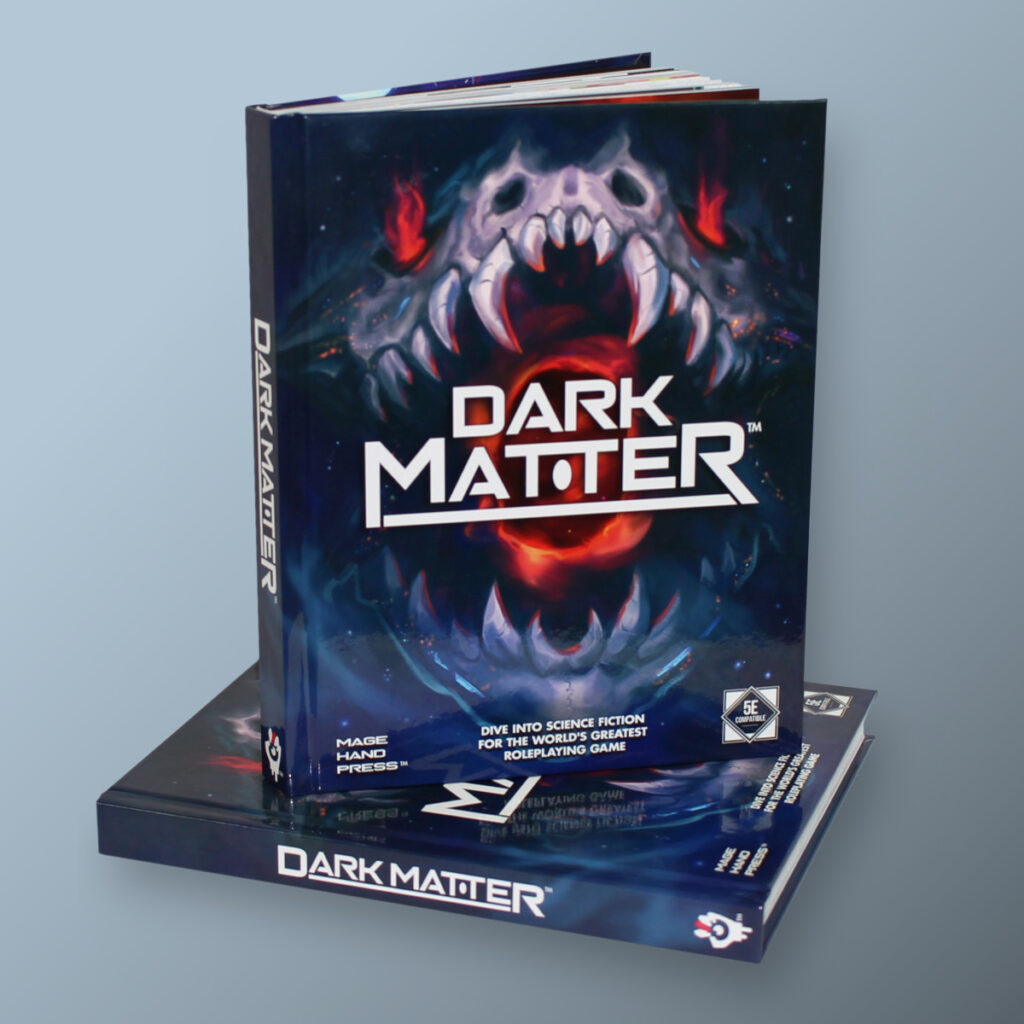It’s been a long time since we’ve done one of these articles, but today I just want to talk about one particular moment of gaming at your table — the last one.
A Practical Example
Our last few sessions concerned the party diving into the bowels of a mountain, which we soon learned was controlled by a beholder, with a force of goblins and wyverns under its sway. After two sessions of carving through goblins and rescuing townsfolk, we discovered the beholder’s lair; unfortunately, it was at the top of a sheer 200 foot vertical shaft. With few options, short of climbing the outside of the mountain, battling through a nest of wyverns, and then diving into an over CR battle with a beholder, we simply tied a large batch of dynamite to our witch’s loyal familiar, lit the fuse, and sent it upward into the beholder’s lair. We ran for the exit, and a massive explosion followed.
Then, high above, hundreds of small beholderkin started floating out from the destroyed lair, streaming toward the nearby town, which we had been working to save! We looked around the table, knowing full well the disaster we had wrought for everyone there.
“None of this was any of our fault!” I confidently declared.
The other players agreed with the lie in unison: “None of this was any our fault.”
“Let’s go save the town.”
And that was it. Session over — to be continued.
Closing Time
Like good television or a movie, the beginning and closing moments of a session have the most profound impact on how it’s received by the players. The beginning moments set the tone and remind everyone at the table where they left off at, serving to reignite the stories and adventures for the session. But the closing moments leave players with something they take home, something which sticks with them long after the session is over. It’s the ending which provides the players with something truly of worth from the game.
If you’ve watched enough TV or read enough books, you’ve seen the different overarching types of endings, and can probably sense them instinctively, but today I’ll talk about how to use my favorites, the cliffhanger and the tie-back., in a campaign.
The Cliffhanger
The example above uses some elements from both types of endings, but is clearly a cliffhanger ending. A cliffhanger leaves the plot with a twist or some newly confounded threat, yet to be resolved. This is of course meant to leave the players itching to come back, and it’s excellent at doing so when it’s not overused.
Using a cliffhanger in D&D relies on having persistent threats and longer narrative devices at your disposal, like the beholder above which just refused to die. As the DM, it gives you dramatic license to present a clear and unavoidable threat to the PCs that a few clever natural 20 rolls can’t fix; after all, once the bad thing had happened, the session is over, and there’s no time for recourse (yet.) The PCs can properly react next time, at the very top of the session.
This is also a great way of wrapping in the plot hooks which normally begin a session, especially if the plot hook is a little too direct. A good plot hook gives the players some agency is choosing it, so a plot hook that involves a threat of violence or a nasty twist in the story feels forced to most players. Unless, of course, that plot hook is simply presented as a cliffhanger. A DM can’t use cliffhangers all the time to justify a railroaded campaign (after all, it only works at the end of a session), but it is an effective way of adding in an element somewhat forcefully in a way that the players will enjoy. Cliffhangers can be nasty twists without question, whereas the same nasty twist would be ill-received in the middle of a session.
The Tie-Back
Tying the ending back requires some sort of framing device at the beginning of the story. The above example used it in a loose sense, since the session’s plot hook began in the town, and the sessions inside the mountain involved interacting with and rescuing townsfolk from the goblins. Placing the town in the same danger it started off in brought the adventure full-circle, and reminded us of why we were there in the first place.
My favorite way of using this ending is to employ some sort of motif at the beginning of a session, and then employ it one more time at the conclusion, normally with a changed context. For example, if at the beginning of the session ‘the party stood outside the city walls, burdened by the weight of their endeavors,’ then we could be foreshadowing the difficult task that lies before them. Then, at the session’s conclusion, after a disastrous attempt to save the city, it’s possible the party ‘stood outside the city walls, burdened by the weight of their endeavors,’ feeling the weight of consequence for their failings.
You can also do this type of ending with a flashback, or even with a flash-forward, if the session is for some reason being told in flashback. This type of storytelling is pretty dependent on the DM’s presentation, and might risk causality errors if employed wrong.
I love this method of ending a story, but I’ll readily concede that it loses some of its luster in games which last longer than about three hours. People tend to lose focus and completely forget how the story was framed in the first place. But when used in shorter, punchier sessions, it’s a great way to tie everything up in a ribbon.



